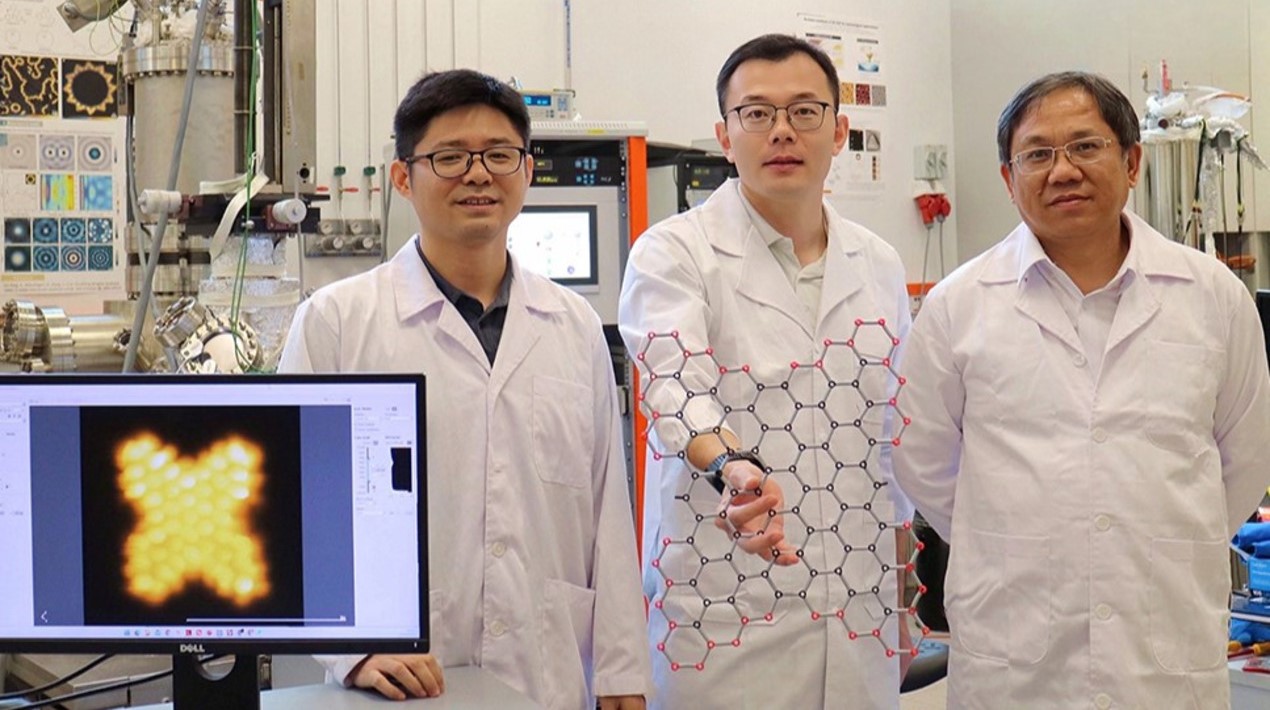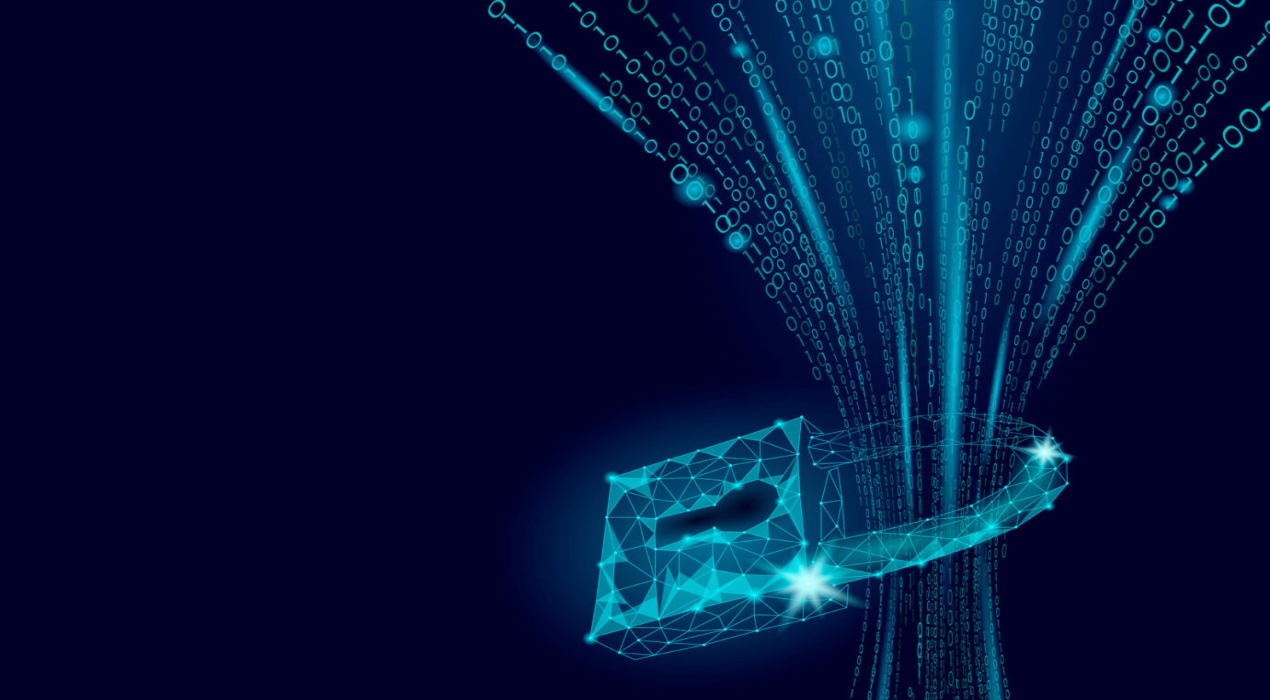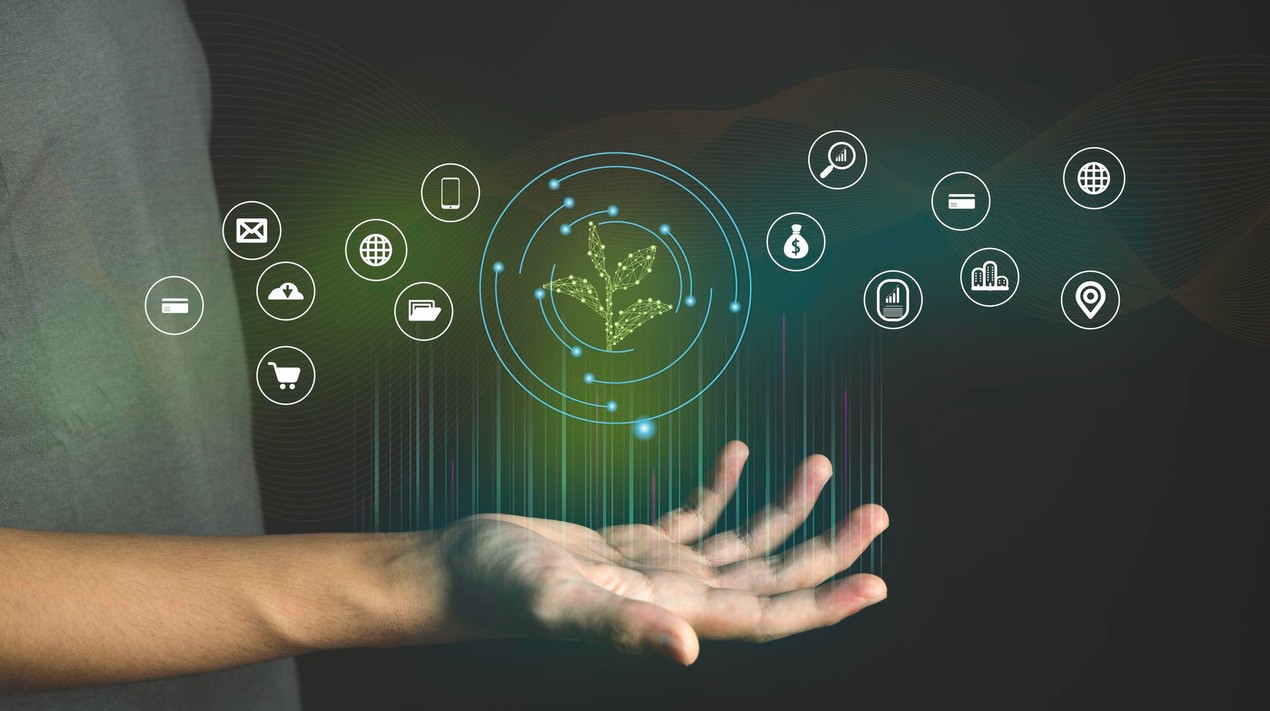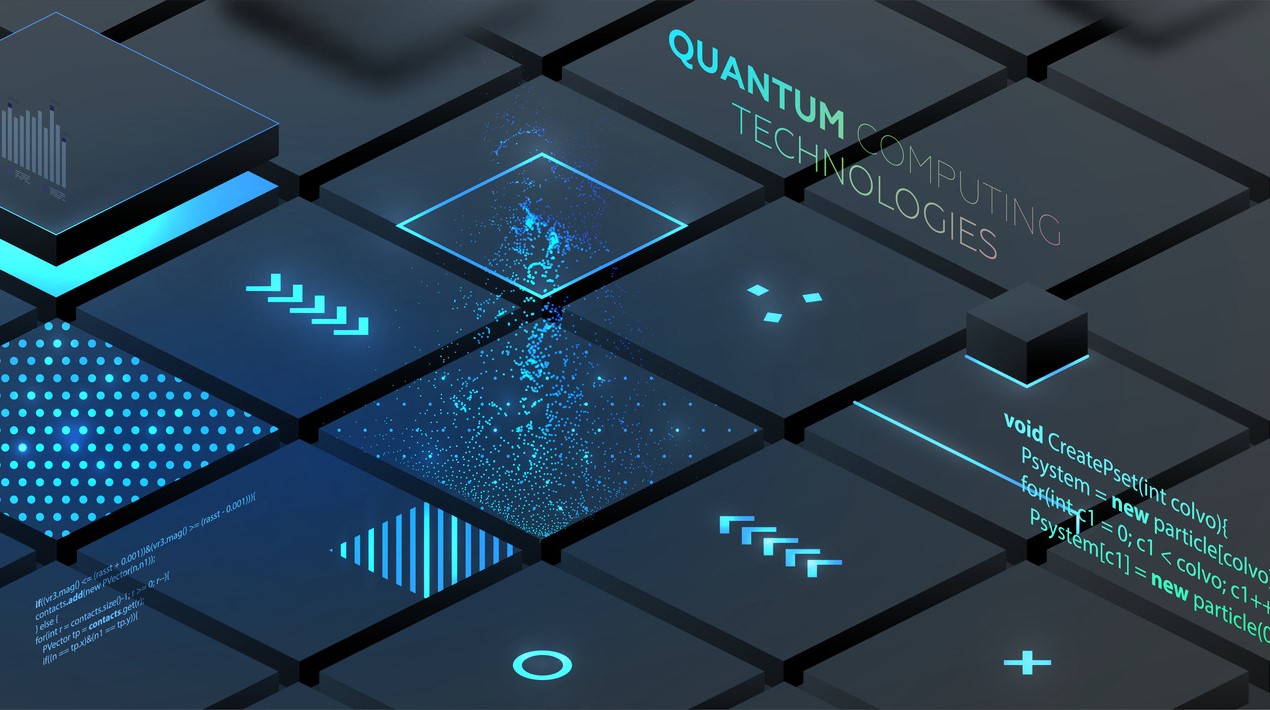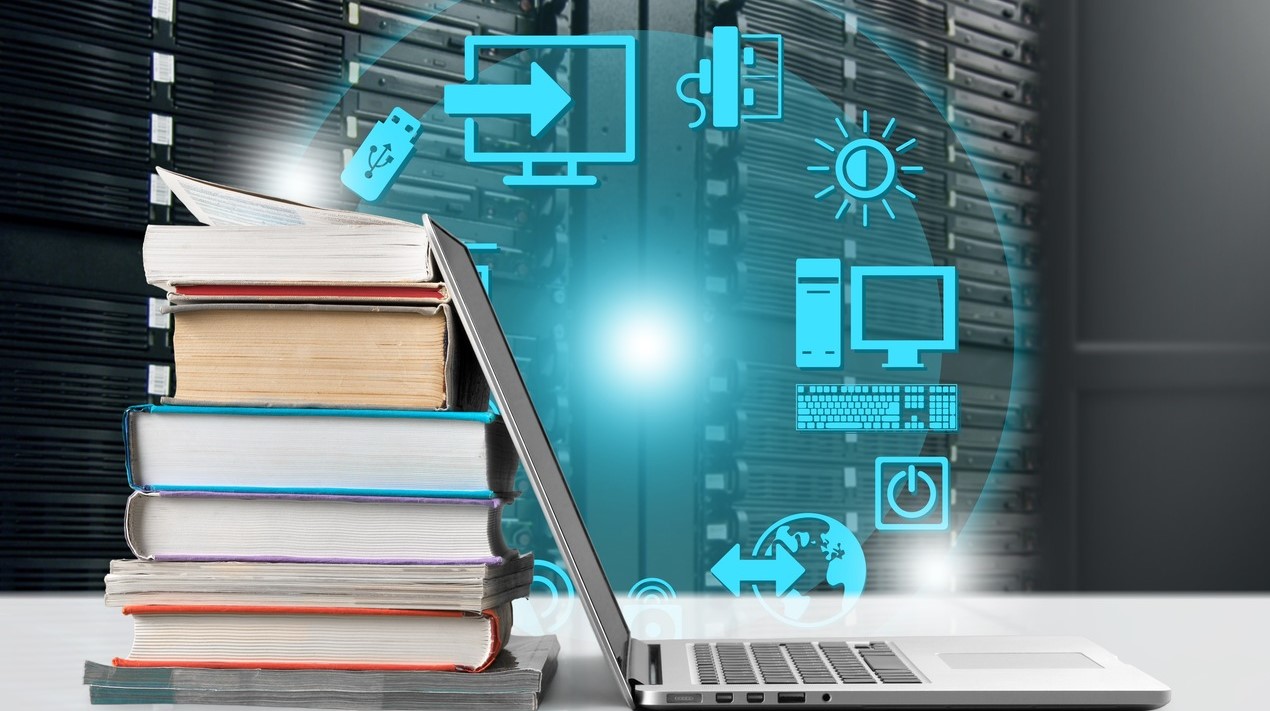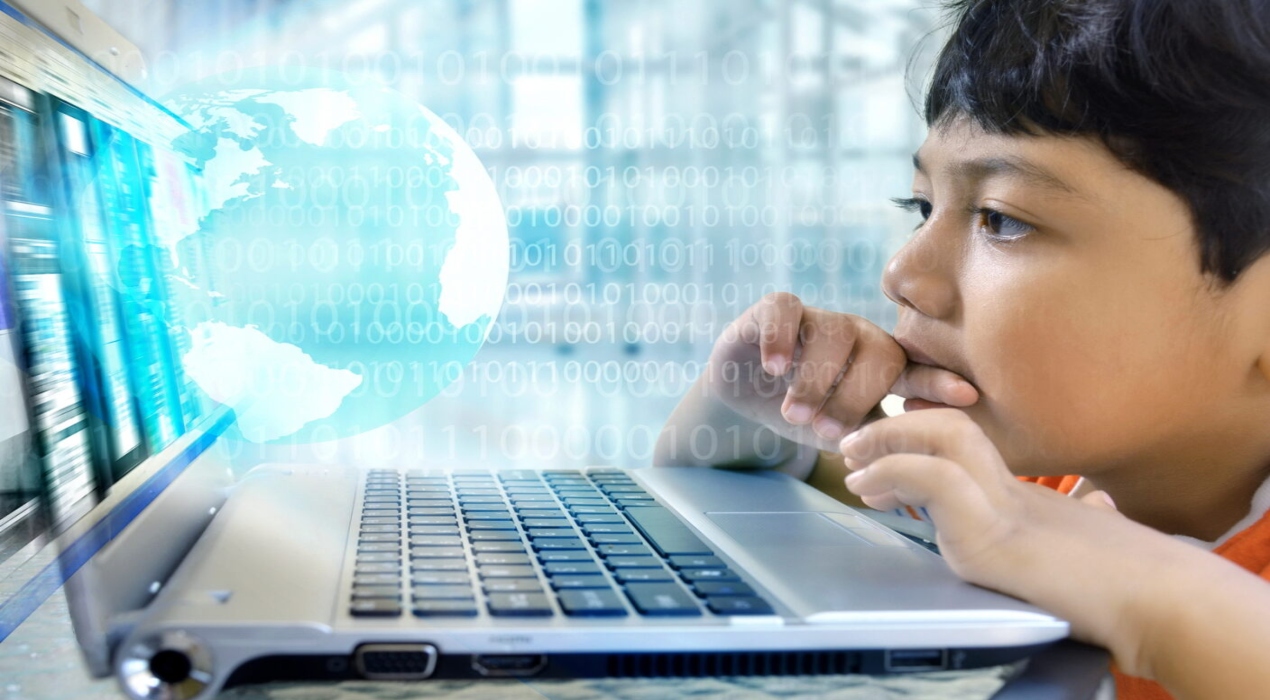
The Deputy Prime Minister and Minister for Finance, Mr Heng Swee Keat spoke on Tuesday about the importance of innovation in ensuring food security, especially for Singapore in the future.
Global food security is becoming an increasingly pressing issue.The global population is set to rise to 9.8 billion people by 2050. At the same time, arable land and crop yields are declining due to climate change. These present challenges to meet global food and nutritional needs for the future. To address this, Singapore will require new and innovative ways to meet these needs sustainably.
Technology and Innovation to help support Singapore’s Food Security
In particular, food security is an existential challenge for Singapore. As a small island city state, we are constrained by our lack of natural resources. We import almost all of our food. Earlier this year, we set ourselves the goal of producing 30% of our nation’s nutritional needs locally by 2030, up from less than 10% today. This more than three-fold increase is only possible through innovation and the deployment of new technologies.
He added that beyond attracting new food-related manufacturing activities to Singapore, the government have been investing significantly in innovation to meet Singapore’s food and nutrition needs, and contribute to global needs.
Singapore Government investing in Urban Farming, Aquaculture and Alternative Proteins
In March this year, the Minister announced that $144 million Singapore dollars would be invested in food research via the Singapore Food Story R&D Programme. This includes areas such as urban farming, aquaculture, and alternative proteins.
Later this month, Temasek Polytechnic will be launching its new Aquaculture Innovation Centre. The Centre will provide shared infrastructure and expertise for players across the aquaculture value chain. It will serve as an important partner to Singapore’s Marine Aquaculture Centre, which develops safe aqua-farming practices that minimise the use of antibiotics, and ensures a reliable supply of tropical food fish.
Singapore is also planning an 18 hectare Agri-Food Innovation Park in Kranji, which will physically co-locate high-tech farming and innovation activities for the agri-food sector. The Park will be ready in phases beginning in 2021.
The Minister also said that Government is hoping that with recent investments in innovation for food and nutrition will bring benefit to companies along the “farm-to-fork” value chain, and bring more opportunities for companies and Singapore.
The Minister added that on top of contributing to Singapore’s food needs, the growing food and nutrition ecosystem also contributes to the Governments goal of building Singapore as a Global-Asia Node of Technology, Innovation and Enterprise.



